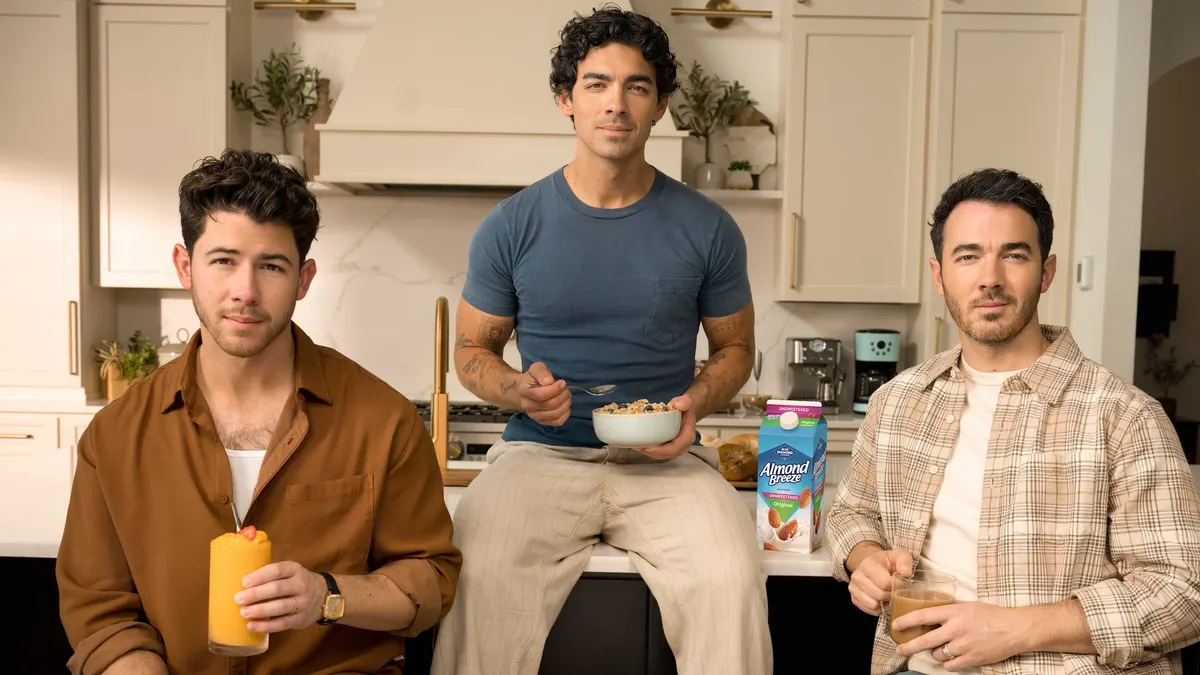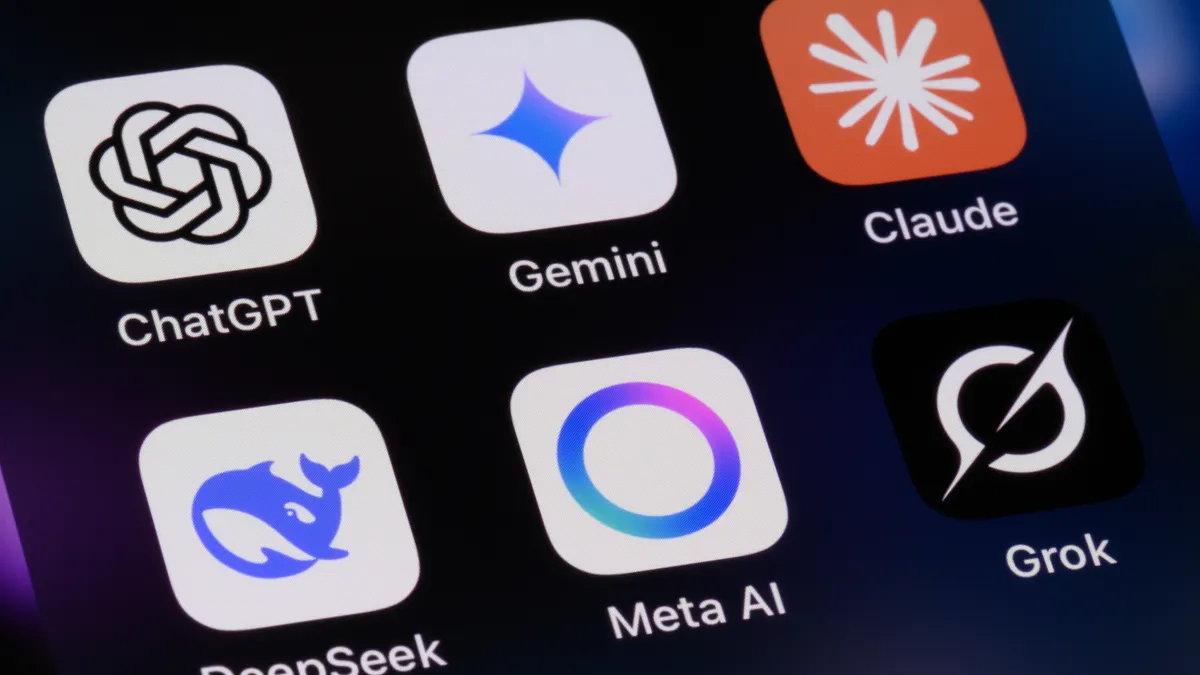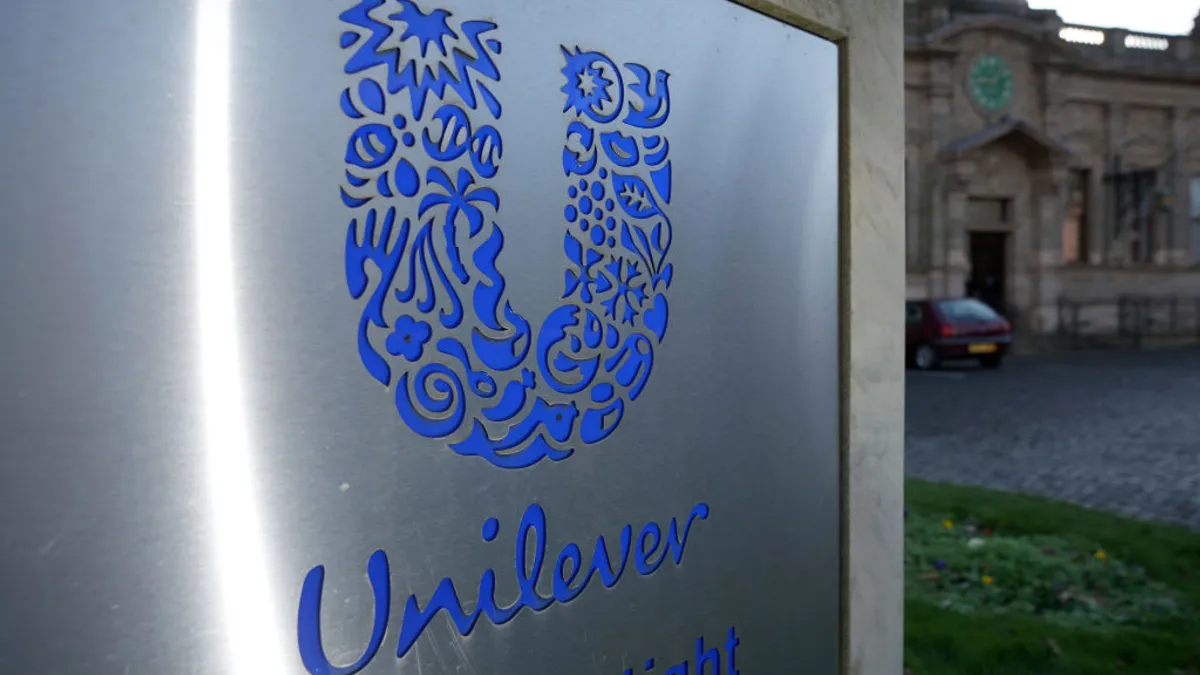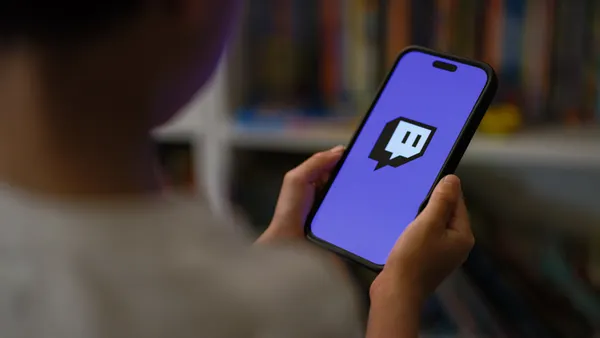In the last year or so, an emerging trend has seen big agencies make multimillion-dollar, multi-year upfront deals with some of the top social media sites. Both sides benefit from these deals — particularly from the big publicity the news brings.
Each deal is a bit different, but ultimately they all share a common purpose. The agency promises upfront to commit to so many ad dollars over the course of several years, and the social sites benefit by receiving the revenue — obviously — but also from the validation offered to their ad products by the deals. Agencies benefit by receiving perks like first dibs on new ad products, a dedicated team to develop the ads, and/or exclusive access to social data.
For more insight into this trend, here are five of the most high-profile deals between agencies and social media sites.
1. Omnicom and Twitter
This deal worth $230 million was just signed last month between Omnicom and Twitter. Omnicom committed to the two-year deal, which centers around mobile, video, and programmatic ads. The deal comes on the coat tails of Twitter’s acquisition and launch of the MoPub native ad platform. Omnicom will integrate its ad buying unit Accuen with MoPub’s mobile native ad exchange to deliver ads programmatically via Twitter.
Omnicom benefits from the deal by having a first look and first dibs on the ever-evolving ad products from Twitter. If the right product comes along, Omnicom could be in a position of power by getting to that format first. And Twitter gets the two-year commitment and $230 million dollars. An upfront commitment like that can take the pressure off of making money and put the focus back on innovation — an advantage for the social site in the long run.
2. Omnicom and Instagram
Instagram has been notoriously strict with who it allows to advertise on its platform, so it was a bit of a surprise in March when the social site signed a huge ad deal with Omnicom. According to the terms of the deal, all brands represented by agencies under the holding company’s umbrella now have access to advertising on Instagram. Not only that, but the Omnicom shops will have exclusive access to Instagram user data — a definite perk.
While Instagram is granting access to Omnicom shops in the deal, it’s not letting go of control completely. Any brand wanting to advertise on the platform will still have to go through the rigorous approval process Instagram has in place for ads. That control is important for the platform to maintain its integrity with users.
3. Publicis and Facebook
A deal signed in May between Publicis Group and Facebook is one of the biggest, clocking in at an estimated $500 million. Like many of the other deals, Publicis will have first access to any new ad products on both Facebook and Instagram. Publicis will also work Facebook data into its media platform and develop ad tools that integrate with the Facebook Audience Network.
Unique to this deal will be Publicis’ direct access to Facebook and Instagram video ads. Both ad products are fresh to the market and still being held under tight control by the social giant. Having first access will help Publicis develop ads specific to each platform and give the brands under its agencies’ umbrellas a leg up on the competition. Facebook, meanwhile, maintains a level of control over ads and a commitment that those ads will be purchased.
4. Starcom MediaVest Group and Twitter
Publicis’ Starcom MediaVest Group inked a deal estimated to be worth hundreds of millions of dollars with Twitter in April 2013. In the media, the reports of what this deal specifically included tended to be more vague than others. According to The Financial Times, the deal offered some perks to Publicis group, like exclusive data and access to ads on Twitter.
What’s a bit different with the SMG/Twitter deal is that it seems to be a bit more centered around Twitter’s influence on TV viewers. In the industry, Twitter is seen as the social network users flock to when they talk about TV. SMG clearly saw the advantages of having access to the data for multiple screen analysis.
5. WPP and Twitter
In one of the first deals of its kind, Twitter and WPP entered a partnership in June of 2013. In short, WPP offered up its analytics, targeting, and creative capabilities to Twitter in order to improve the social network’s ad inventory and targeting. In turn, WPP received first access to any new ad products developed as a result, and also benefited from the improved targeting in general — as did everyone else.
Would you like to see more marketing industry news and information like this in your inbox on a daily basis? Subscribe to our Marketing Dive email newsletter! You may also want to check out Marketing Dive's look at the 6 most clever marketing stunts of 2014 (so far).


















